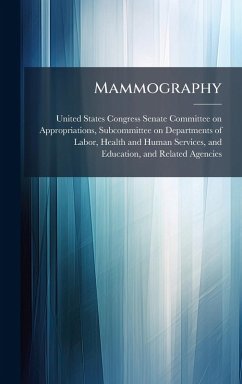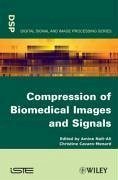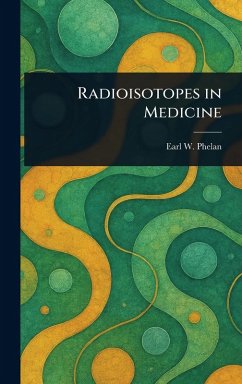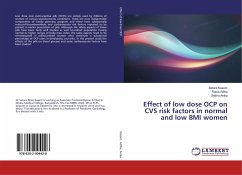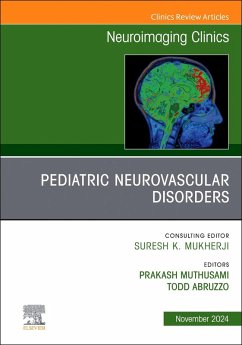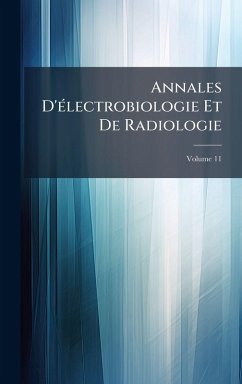
Post-Processing of Low Dose Mammography Images
Versandkostenfrei!
Versandfertig in über 4 Wochen
28,99 €
inkl. MwSt.
Weitere Ausgaben:

PAYBACK Punkte
14 °P sammeln!
In mammography, X-ray radiation is used in sufficient doses to be captured on film for cancer diagnosis. A problem lies in the inherent nature of X-rays to cause cancer. The resolution of the images obtained on film is directly related to the radiation dosage. Thus, a trade off between image quality and radiation exposure is necessary to ensure proper diagnosis without causing cancer. A possible solution is to decrease the dosage of radiation and improve the image quality of mammograms using postprocessing methods applied to digitized film images. Image processing techniques that may improve t...
In mammography, X-ray radiation is used in sufficient doses to be captured on film for cancer diagnosis. A problem lies in the inherent nature of X-rays to cause cancer. The resolution of the images obtained on film is directly related to the radiation dosage. Thus, a trade off between image quality and radiation exposure is necessary to ensure proper diagnosis without causing cancer. A possible solution is to decrease the dosage of radiation and improve the image quality of mammograms using postprocessing methods applied to digitized film images. Image processing techniques that may improve the resolution of images captured at lower doses include crispening, denoising, histogram equalization, and pattern recognition methods. This work has been selected by scholars as being culturally important, and is part of the knowledge base of civilization as we know it. This work was reproduced from the original artifact, and remains as true to the original work as possible. Therefore, you will see the original copyright references, library stamps (as most of these works have been housed in our most important libraries around the world), and other notations in the work. This work is in the public domain in the United States of America, and possibly other nations. Within the United States, you may freely copy and distribute this work, as no entity (individual or corporate) has a copyright on the body of the work. As a reproduction of a historical artifact, this work may contain missing or blurred pages, poor pictures, errant marks, etc. Scholars believe, and we concur, that this work is important enough to be preserved, reproduced, and made generally available to the public. We appreciate your support of the preservation process, and thank you for being an important part of keeping this knowledge alive and relevant.



